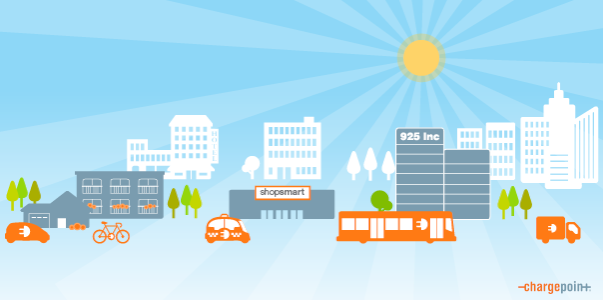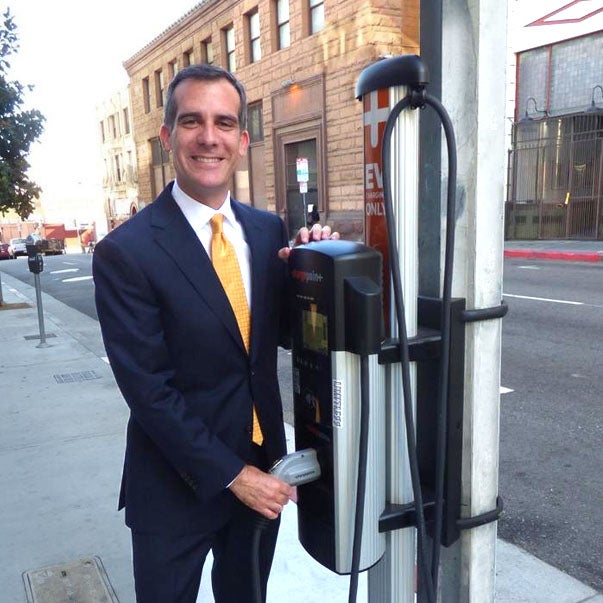
We may not be blasting around with James Bond–style jetpacks yet, but the smart city is fast becoming a reality. By 2050, 6.4 billion people will live in cities, increasing our urban population by about 70 percent. As cities grow, they need to get smarter to move more people more efficiently, and as a city official, you want to make sure your city stays at the cutting edge.
I travel a lot to speak with city leaders about improving mobility, and I discover room for improvement in cities everywhere I go. Whether it’s seeing an extremely polluted skyline for the first time, finding few charging spots nearby for my Bolt EV or struggling to get around a city that lacks taxi apps or public transit, I’ve encountered many opportunities for cities to improve how people get around, and made sure that city leaders knew about them. You don’t have to be a secret agent to see that autonomous electric vehicles you can summon with an app are a cleaner, safer and more efficient way to navigate the smart city. As I've told many city officials like you, laying the foundation for the smart city starts with smart electrical infrastructure that keeps everything connected. This infrastructure requires upfront investment, but it will pay off in terms of time saved, pollution avoided, fuel costs reduced and healthcare costs prevented.
To make sure your city is ready to absorb the challenges of moving more people around, you must take time to understand your city’s needs so you invest in the right areas. In this post, we show you how to start planning your smart city by asking a few vital questions about smart EV charging infrastructure.
Location, Location, Location
Where do people travel right now and where will EVs need to charge?
To build the city you want, you first need to understand the city you have. To get in touch with your city's state of mobility, investigate current traffic trends and issues, such as popular transit routes and common locations for gridlock or accidents. Look into current and projected EV sales in your region, as well as existing EV charging station locations and usage (if any). Are existing EV charging stations used more frequently at certain times of day or times of the week? Are some areas of your city underserved by charging infrastructure? Identify where current demand is strongest and decide where you want to encourage more demand before you start putting stations in the ground.

Let the Data Be Your Guide
How can our infrastructure collect and deliver the data we need?
Charging infrastructure can’t be an effective part of the smart city if it’s not smart, meaning connected to a network. Smart charging provides an ideal way to gather the data that city officials need to plan and grow their smart cities. When they are connected to a network, EV charging stations can deliver real-time data about current station usage, usage patterns and emissions avoided, as well as host sensors that enable other activities such as pollution monitoring. Networked EV charging solutions are an important way to collect and deliver the data that drives the smart city.
Scale with Your City
What’s coming next and how will we scale for future needs?
An individual secret agent like James Bond might not scale, but EV charging does if you plan correctly. Using data from existing smart charging locations, driver feedback, traffic data, population trends and more will help you identify and establish the right locations for EV charging in your smart city. If you equip these locations with sufficient power supply and put in smart charging systems that can be updated remotely with new policies and features, these charging sites will be able to grow easily to accommodate demand, without requiring significant additional capacity or construction.
I've given you the inside scoop on some pivotal questions that my experience suggests you should contemplate as you prepare to make your city smart (or continue making it smarter). To take the next step toward supporting smart mobility options in your city, download our paper on The Future of Mobility.

